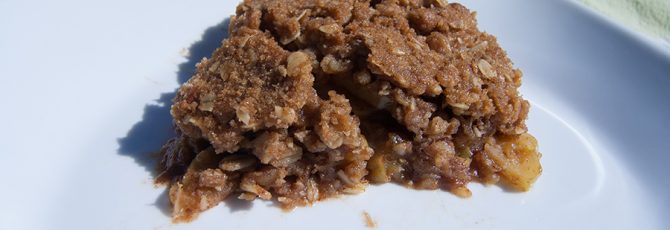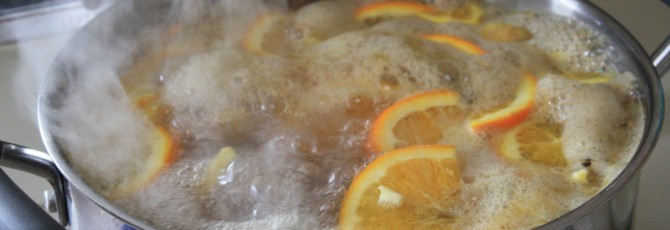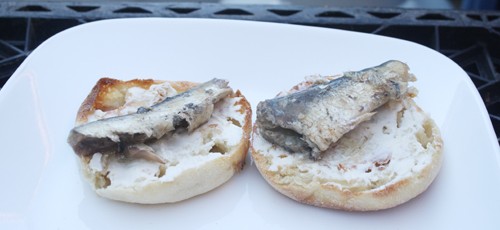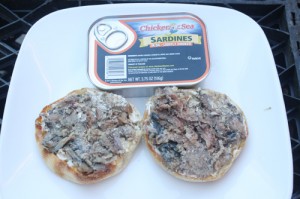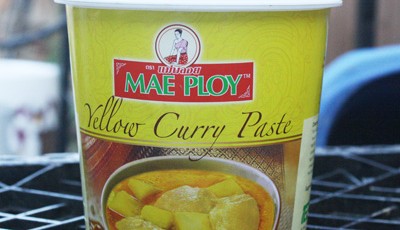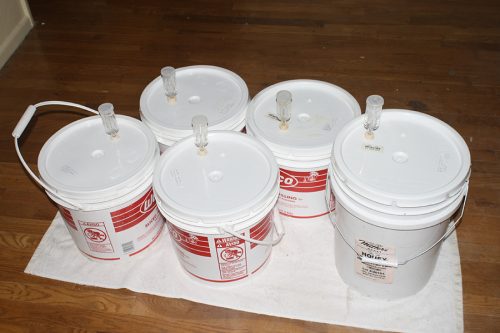Boozy apple crisp
I’m a big fan of the apple crisp. That should come as no surprise, considering I written about two crisps/hybrids and consistently use the crisp (aka crumble) topping as a basis in other recipes.
There’s the original, double sided crisp which is just a crisp on both the top and bottom and then there’s the hybrid cobbler crisp with raspberries.
I’ve since used the crumble/crisp topping in an apple coffee cake (the crumble/crisp is also called a streusel). It’s the search for inspiration for that coffee cake that brought me to a recipe by Monique at the Ambitious Kitchen.
There were two things I took away from her recipe, both of which I incorporated into the apple coffee cake: the addition of liquor in the baking process and mixing the streusel topping into the middle.
I recently made the Ambitious Kitchen crisp with the addition of, and more, liquor than called for in the original recipe and eliminated the nuts.
I also substituted my streusel topping for hers, which I found to have too much sugar. Finally, I used semi-sweet apples from my co-worker’s orchard.
Finally, I didn’t deal with the the vanilla bean the recipe and conceded to the use of butter on the apples. I don’t know that it added anything and I found the apples needed a bit more sugar.
My last note is that it really does need to be heated back up before serving and it might actually be better a day later, after being reheated.
With that, I give you my modified recipe:
(If you want just the recipe, it’s on my website, here.)
Ingredients
Streusel topping
1/2 cup (1 stick) melted butter
3/4 cup packed brown sugar
1 cup whole wheat flour
1 cup oats
1+ teaspoon ground cinnamon
1+ teaspoon ground/powdered ginger
The apple filling
Optional: 1 stick (1/2 cup) unsalted butter
1 teaspoon to 1 tablespoon vanilla extract
6 medium-sized Granny Smith apples to 5 pounds, cored and very thinly sliced
1/3 to 1/2 cup dark brown sugar
1+ tsp. cinnamon
1+ teaspoon ground/powdered ginger
1/4 cup spiced rum
1/4 cup brandy
Directions
Preheat oven to 350 degrees F. Grease a 9×13 pan.
Peel the apples if desired. Cut the apples into very thin slices.
Melt the butter for the streudel topping. In a medium-large bowl, mix the bottom’s melted butter, brown sugar, flour and, if using them, spices. Mix in the oats.
Place the apple slices, the 1/3 to 1/2 cup brown sugar, cinnamon and liquor in a very large bowl and toss to combine.
Take 1/2 cup of the streudel topping and mix it into the apples.
Pour the apples into the greased pan.
Cover the apples with the rest of the streudel mixture and lightly pat down.
Either put the pan on a baking sheet, or put it directly in the oven, and bake for 50 minutes to 60 minutes (an hour).
(Recipe adapted from the Ambitious Kitchen, “The best apple crisp you’ll ever have.”)

This spiced apple crisp, baked with booze, gets better after the first couple of days. Serve warm or hot.
See, use, whatever you want, because all the photos are here on Flickr.
